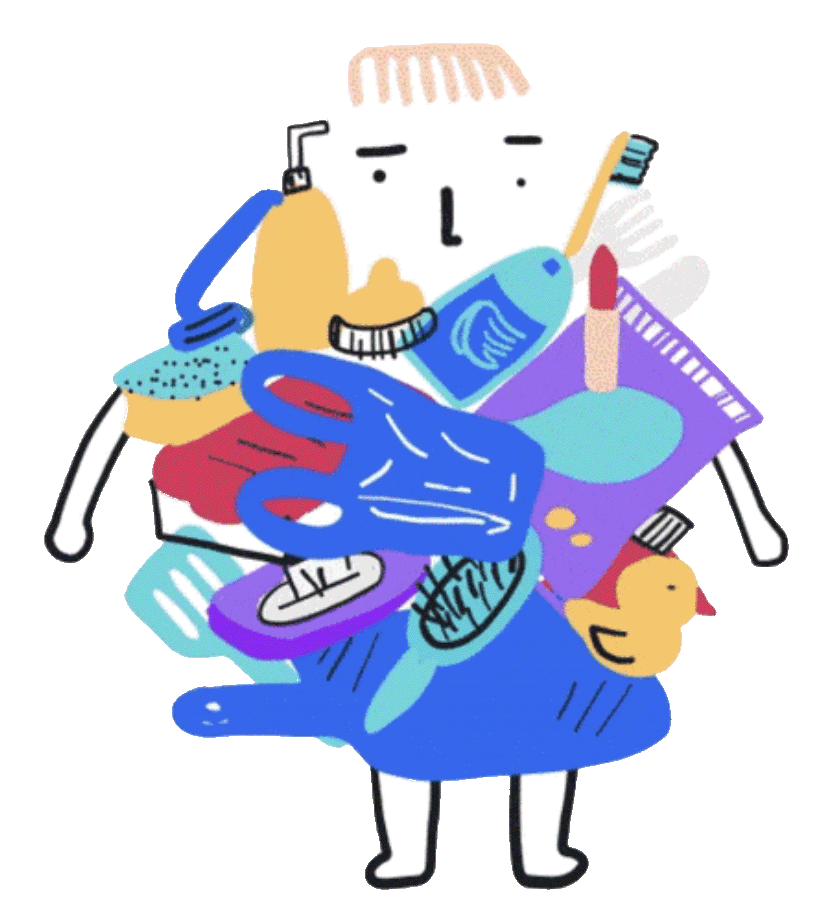The European Union decided in 2022 that drink bottles must contain at least 30% recycled plastics by 2030.
But PET bottles made of recycled plastic leak more potentially dangerous chemicals than bottles made of virgin, or new, plastic. This is reported by British scientists in recent
research.
What is the best solution for this problem? Is it the design of safe bottles and recycling processes? Or is it moving to safe refillable bottles?
More chemicals in recycled pet bottles
Researchers at Brunel University in London examined 91 studies on food and drink that contain chemicals derived from the plastic in which they are packaged. Of the 193 examined chemicals that could enter food or drink from PET bottles, they found 150 at least once, of which 18 exceeded the statutory standards. Significantly and strikingly, they found that much more chemicals seemed to leak from drink bottles made of recycled plastic compared to drink bottles that are made of virgin plastic. Among them were substances such as antimony, also known as stibium (Sb), and BPA. The researchers assert that at present, recycled PET cannot be used safely as a raw material for food packaging or drinking bottles.
Law requires 30% recycled material
To stimulate plastics becoming more circular, the European Commission’s
SUP Directive ddecreed that drink bottles must contain at least 30% recycled plastics by 2030. This would ensure that less virgin plastic is used while encouraging the recycling of plastic. At the same time, the European Union is striving to set standards on the design of plastic so that plastic can be safely recycled.
The British study raises pressing questions about the European approach which, at present, does not guarantee that food and drink packaged in recycled plastic is sufficiently free of chemicals. How long do we need to wait for disposable bottles that do not have both hazardous chemicals and recycling processes that do not make this problem worse?
Micro and nanoplastics in PET bottlesNew
scientific research shows an alarming amount of nanoplastics present in PET bottles. Micro-nano plastics concentrations were estimated between 240,000 and 1,300,000 particles per liter of bottles water, of which 90% consisted of nanoplastics. The main plastic particles present in the bottles were polyester and polypropylene, which indicates there is a relation with the bottle itself as the PET bottle and cap are made from these plastics.
The solution is simple
There is another route which may be much more effective. The European Union should encourage the use of universal refillable bottles. These are bottles that are used by different beverage producers that consumers hand in after use. The bottles are cleaned and refilled and can be reused many times. This new, strong returnable bottle must meet stringent design standards in terms of chemical additives. It must be designed in such a way that no additives and micro and nanoplastics will leak. The bottle will not only significantly help reduce new plastic but will also be safer for consumers.
Plastic Soup Foundation believes that safe, universal, refillable bottles must be put high on the agenda, both for protecting the environment and human health.

